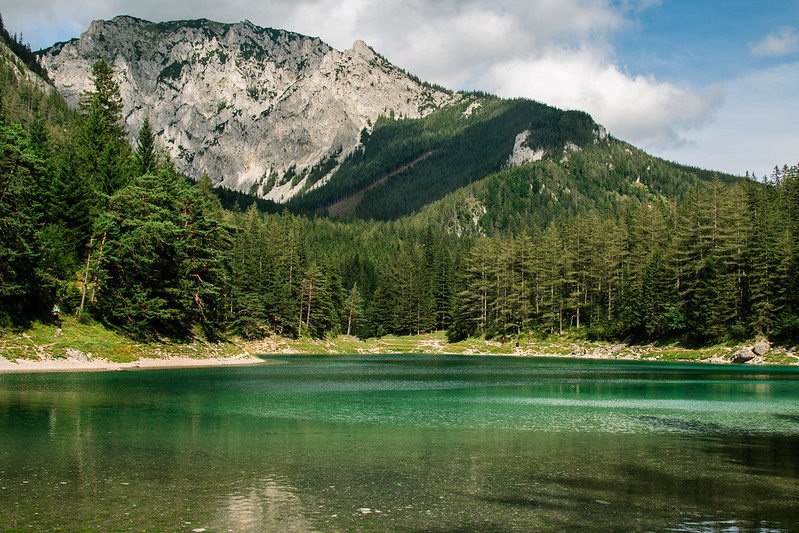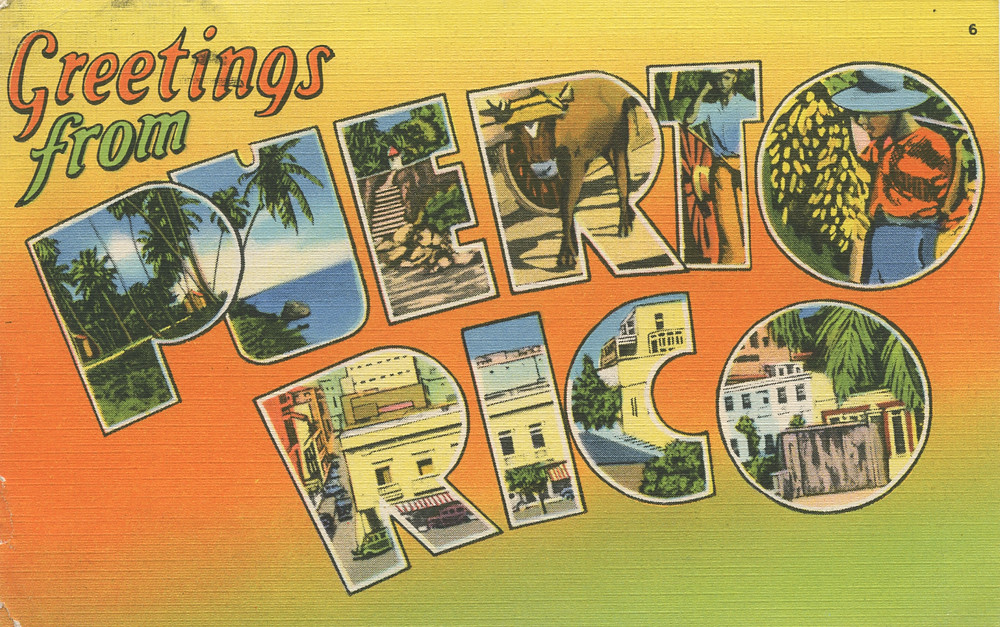WHY VISIT KUWAIT
Between Western modernity and tenacious Islamic traditions, Kuwait can only fascinate the traveler who discovers it. Formerly populated by pearl fishermen and merchants, this country now lives on its petroleum resources, which does not prevent it from beating to the rhythm of Islam, and is astonished by the warm and open welcome Of its inhabitants.
You will discover surprising constructions in Kuwait City such as the Kuwait Towers, the Liberation Tower, where the panorama is superb, but also museums (such as the National Museum, the Tareq Rajab Museum and its collection of Islamic art Traditional, and the Museum of History and Science), large hotels, wide avenues, and extensive parks. Admire also the Great Mosque and its two remarkable blue bulbs.
On the coast, you will enjoy the beautiful beaches and explore the 9 offshore islands, only one of which is inhabited by Failakka, as well as interesting archaeological sites. You will also have the opportunity to practice some water sports, fishing, diving, swimming, boat trips.
Other places of entertainment, amusement parks: Aqua Park, the largest in the Arabian Gulf, but also Entertenmaint city, 20 km from the capital, one of the largest in the Middle East.
Far from the cities, you will find no river or mountain, only a desert that gently descends to the sea, but which in spring is covered with greenery and serves as a track for camel races.
WHEN TO GO TO KUWAIT
The best period to visit Kuwait is from March to May.
| January | |
| February | |
| March | |
| April | |
| May | |
| June | |
| July | |
| August | |
| September | |
| October | |
| November | |
| December |
The summer runs from June to September with warm temperatures and high humidity, and a hot spot in August, as well as hot winds from Arabia. The winter lasts from November to February, with regular showers and cooler temperatures.
The best times to visit the country are spring, between March and May, and fall, in September and October, which offer mild temperatures and little rain.
Following a list of typical festivals and celebrations of Kuwait.
- New Year’s Day: As with the rest of the world, Kuwaitis celebrate the Gregorian New Year with midnight gatherings, fireworks, and feasting, either at home or in restaurants. It’s a popular time for visitors, with hotels hosting special events, sumptuous meals, and cultural displays of all kinds.
- Liberation Day: The national holiday celebrated on February 26 marks the liberation of Kuwait via Operation Desert Storm at the end of the First Gulf War. Patriotism is shown by rejoicing in public buildings, parties, street parades and dancing, and the joyous waving of the flag. It’s a time of remembrance for the thousands who lost their lives during the Iraqi invasion, and for those who were captured and imprisoned.
- National Day: Celebrated in February on the day before Liberation Day, National Day marks the final emergence of Kuwait from Ottoman rule and its transformation into an independent country. National dress is worn and it’s a time for family, parties, and feasting.
- Hala Festival: The Hala Festival in February is a celebration of springtime, with the parched desert land alive with lush greenery and vibrantly colored flowers. Migratory birds arrive by the million, and cultural events, street parades, and carnivals are held throughout the month. Shops and stores hold their annual sales, drawing visitors from Arab countries and beyond.
- Ramadan: The most important religious festival in Kuwait is the holy month of Ramadan in August/September, celebrated as the time when the Prophet Muhammad revealed the Koran to his followers. From sunrise to sunset, Muslims abstain from eating and drinking and pray five times a day instead of the usual four. The month begins with the viewing of the new moon, and evenings during the festival are spent eating, talking, and celebrating life with friends and family.
- Eid el-Fitr: The most joyous of all Kuwait’s festivals is Eid el-Fitr, the end of Ramadan. The festivities last for several days and include visits with friends and family, gift exchanges, and feasts. Eid is a time of peace, forgiveness, merry-making, and massive celebrations.
- Eid el-Adha: This October religious festival remembers Abraham’s willingness to sacrifice his son, and is commemorated with visits to mosques, family meals, new clothes, and the giving of money and gifts to children. In rural areas, a sheep or goat may be sacrificed.
- Islamic New Year: The Islamic New Year falls on the first day of the first month of Muharram in October, November, or December, depending on the Islamic calendar. Kuwaitis watch the new moon in the early evening as days begin at sunset. Cards wishing health and wealth are exchanged along with gifts, and New Year resolutions are set. It’s a low-key event, centered on the family.
- Kuwait Jazz Festival: The Kuwait Jazz Festival (also known as the Gulf Jazz Festival) is held during the spring season at Radisson SAS Hotel, every year. It features various styles of jazz performed by internationally renowned jazz artists and also involves the participation of local Kuwaiti musicians. The Jazz festival is the only annual regional music festival of its kind.
HOW TO REACH AND TRAVEL THROUGH KUWAIT
To get to Kuwait, you can fly from Paris with a stopover. There are very safe and reasonably priced buses in the country, but you can also take a taxi or rent a car when you drop off at the airport.
by plane, the main airport is Kuwait International
by car
GENERAL INFORMATION ON KUWAIT
health tips & vaccination: drink only bottled water and avoid ice
local currency: Kuwaiti Dinar
local time zone: GMT+3
electricity: type C and type G (240 V, 50 Hz)
mobile phone operators:
WHAT TO DO IN KUWAIT
typical food in Kuwait
- Falafel: deep-fried balls of mashed chickpeas and herbs) in a piece of pita bread, with hummus (ground chickpeas), tahini (sesame seed sauce) and salads
- Hummus: dip or spread made from cooked, mashed chickpeas or other beans, blended with tahini, olive oil, lemon juice, salt, and garlic
- Warak Enab: grape leaves stuffed with rice, tomatoes, onions, parsley, fresh mint and slowly simmered in a bath of olive oil and lemon juice
- Aish: Arabic flatbread
- Balaleet: sweet saffron noodles served with a savory omelet on top
- Bayth elgitta: fried cookie filled with a mixture of ground nuts and tossed in powdered sugar
- Biryani: a dish of heavily seasoned rice cooked with chicken or lamb
- Firga’a: white rice cooked with tomatoes and potatoes and eggplant in the bottom of the pan
- Gabout: stuffed flour dumplings in a thick meat stew
- Gers ogaily: a cake made with eggs, flour, sugar, cardamom, and saffron. Traditionally served with tea
- Ghuraiba: brittle cookies made from flour, butter, powdered sugar, and cardamom. It’s usually served with Arabic coffee
- Harees: wheat cooked with meat then mashed, usually topped with cinnamon sugar
- Jireesh (Yireesh): a mash of cooked spelt with chicken or lamb, tomatoes, and some spices
- Kushari: a dish made up of rice, lentils, and macaroni, topped with tomato sauce and crispy fried onions
- Khabeesa: a sweet dish made of flour and oil
- Kuboos: Arabian pita or flatbread made up of wheat flour and baked in a hot oven, usually eaten with hummus
- Lugaimat: fried yeast dumplings soaked in saffron syrup (sugar, lemon, and saffron)
- Shawarma: thinly sliced cuts of meat, like chicken, beef, goat, lamb, rolled into a large piece of flatbread. Eaten with fries, salads like tabouleh, falafel, hummus or pickled vegetables
- Machboos: a dish made with mutton, chicken, or fish accompanied over fragrant rice that has been cooked in chicken/mutton well-spiced broth
- Mahyawa: tangy fish sauce
- Maglooba: Rice cooked with meat and potatoes and eggplant
- Margoog: vegetable stew, usually containing squash and eggplant, cooked with thin pieces of rolled out dough
- Mumawwash: rice cooked with green lentils and can be topped with dry shrimp
- Murabyan: a dish of rice shrimps, flavored with sautéed onions, turmeric, coriander and dried loomi (a dried black lime)
- Muaddas: Rice cooked with red lentils and can be topped with dry shrimp
- Mutabbaq samak: fish served over rice. Rice is cooked in well-spiced fish stock
- Quzi: a dish consisting of a roasted lamb stuffed with rice, meat, eggs, and other ingredients
- Zalabia: fried dough soaked in syrup (sugar, lemon, and saffron, it has a distinctive swirly shape
- Fatayer Lahme: bread stuffed with minced meat
- Fatayer Jibna: flatbread stuffed with cheese
- Fatayer Zaatar: pizza-like bread, the top of which is smeared with thyme, sesame seeds and some other herbs and spices
- Balah El Sham: churro-like fritters, crunchy on the outside and squishy soft on the inside.
- Katayef: pancake pastry filled with sweet cheese and nuts and then fried or baked and served with a hot syrup
- Leben: yogurt milk
souvenirs from Kuwait
- perfume infused with frankincense
- gold bangles
- colorful scarves and cloth
- sweets, spices, dates
- pickled shark and dried shrimps
- Bedouin artifacts
- traditional weavings made with vegetable-dyed wool
- Metal or brass decorative ornaments
- Sheep wool rugs
- Gatra, Headbands and Gaal cloth
- home items: tea cooking stove, pots, cups, wind blowers
SIMPLE DICTIONARY
Hello: مرحبا (marhba)
Goodbye: وداعا (wadaeaan)
How are you?: كيف حالك؟ (kayf halk?)
Thank you: شكرا (shukraan)
What is your name?: ما اسمك؟ (ma asmak)
How much is it?: كم سعره؟ (kam saerha?)
Sorry: معذرة (maedhira)





















